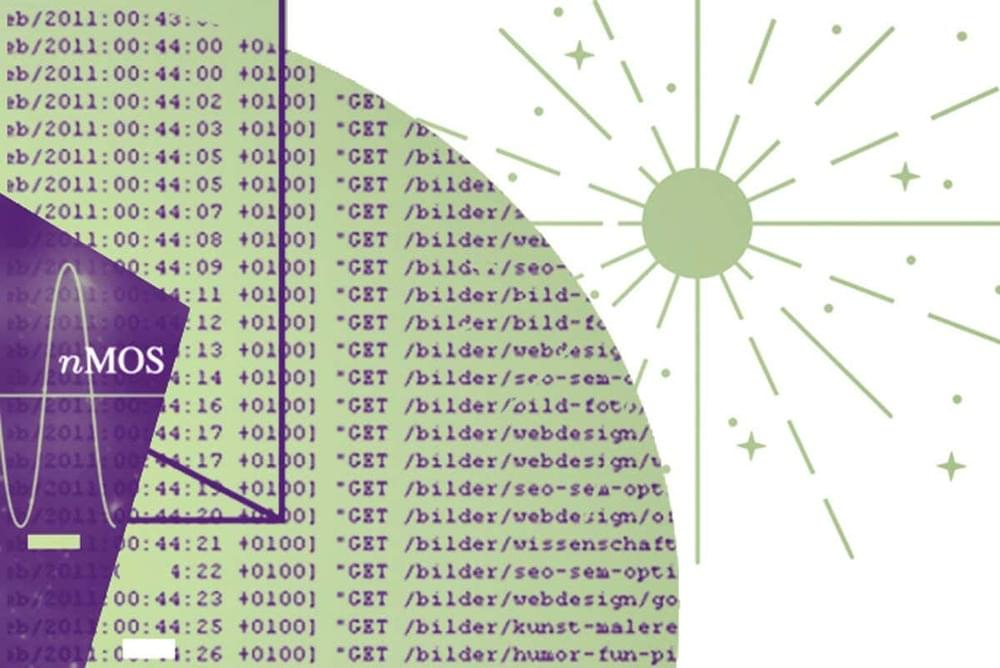
The wildly inventive physicist John Wheeler was an early explorer of this notion. In a 1989 paper, “Information, Physics, Quantum: The Search for Links,” Wheeler takes a stab at “the age-old question: How come existence?” The answer, he speculates, might come from a fusion of physics and information theory. The former traffics in “its,” or physical things, and the latter in “bits,” defined as answers to yes-or-no questions.
Wheeler proposes that “every physical quantity, every it, derives its ultimate significance from bits, binary yes-or-no indications, a conclusion which we epitomize in the phrase, it from bit.” Noting the crucial role of measurement in the outcome of quantum experiments, Wheeler suggests that we live in a “participatory universe,” in which we bring the world into existence, and vice versa.
Picking up on Wheeler’s ideas, physicist Carlo Rovelli argues in a 1996 paper, “Relational Quantum Mechanics,” that quantum mechanics undermines “naive realism,” the notion that science discovers a reality that exists independently of our observation of it. He proposes what he calls a “relational” interpretation of quantum mechanics, which says things only exist in relation to other things. Rovelli notes that Galileo and Kant, among others, anticipated the relational perspective.


















